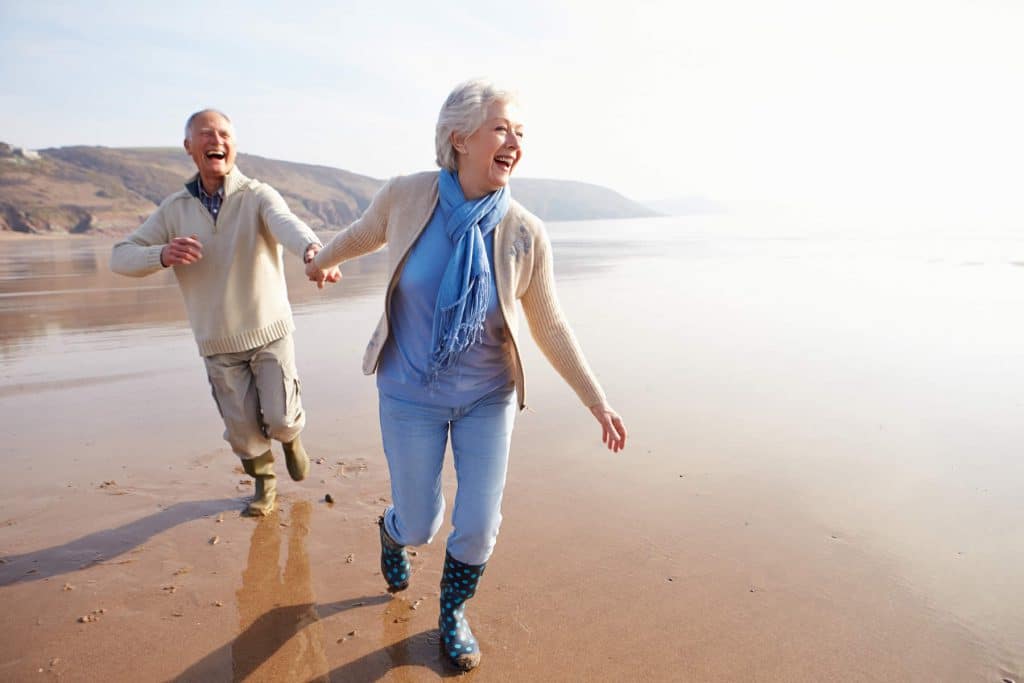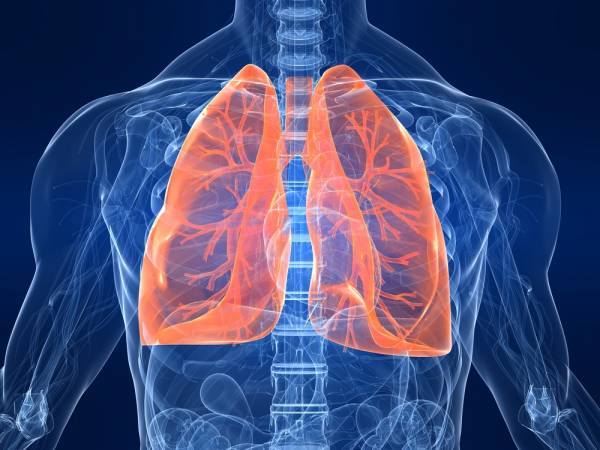
What is Osteoporosis?
Osteoporosis is a reduction in bone density which in turn results in an increased risk of a ‘fracture’, or a simplified term a ‘break’ to the bone. A normal process that we may not realise is that our bodies break down old bone and new stronger bone grows in its place.
However, when a person has osteoporosis this process is altered and old bone breaks down faster than there is new bony growth. Therefore, this increases the risk of a fracture or a break as bones have become weaker due to a loss of calcium due to this altered process of breakdown of bone.
The prevalence of osteoporosis increases with age and more women than men are affected. According to the Irish Osteoporosis Society, approximately 280,000 people in Ireland are left undiagnosed. Therefore, it is important to be aware of osteoporosis, especially as we age. We can help prevent a future fracture/break of the bone.
How do I get diagnosed?
A DXA scan is the gold standard to diagnose osteoporosis. You can talk to your GP if you require a DXA scan. 1 in 4 men and 1 in 2 women over 50 will have a fracture due to osteoporosis. An osteoporotic fracture is a broken bone from a simple trip or a fall, usually from a standing height. If you are at risk of osteoporosis, talk to your GP to organise a DXA scan.
A Normal DXA result is a positive T score down to -1.
Osteoporosis is a T-score of -2.5 or higher (-3.2, -4.3 ) or a fragility fracture – i.e if you are after a fragility fracture – a break in a bone from a trip or a fall or sometimes from less impact in an adult you are diagnosed with osteoporosis without having a scan.
After a DXA scan, your GP will explain which bracket you are in and what measures you need to take.

What’s the difference between osteopenia and osteoporosis?
Osteopenia is also a loss of bone density. However, it is not as severe as osteoporosis. After a DXA scan, you will get a ‘T score’. Your Score will range in a bracket of mild, moderate or marked osteopenia. Osteopenia is
Mild Osteopenia is a T-score of -1 to -1.49
Moderate Osteopenia is a T-score of -1.5 to -1.9
Marked Osteopenia is a T-score of -2 to -2.49
Why are women more at risk?
Women are more at risk as women go through the menopause, some women lose a considerable 30% of bone density when they go through menopause. Also, if a woman has gone through a hysterectomy they are at increased risk of bone loss.
Other risk factors for both men and women include:
- Increased age
- Previous fracture
- Smoking
- Increased alcohol intake
- Rheumatoid arthritis
- A sedentary lifestyle
The FRAX (Fracture risk assessment) tool is a simple way to detect a future fracture due to osteoporosis. Click on the button below; Click on the calculation tool, fill out your country and fill out the questionnaire. If you do not know the answer to question 12 you can leave it out and it will still calculate your risk of fracture.
This is a simple way to know your risk. However, a DXA scan is still the gold standard and talking to your GP is the most important.
What can I do to prevent it? And Can I do anything to help once diagnosed with osteoporosis?
- Supplements including calcium, vitamin D etc
Your GP may advise you to take supplements such as calcium and vitamin D to prevent bone loss and improve bone density. Chat with your doctor if you feel you have or at risk of osteoporosis and they will advise based on your presentation.
2. Exercise – see below for a further breakdown
From a physiotherapy point of view, exercise can help in both the prevention and treatment of osteoporosis. Exercise needs to gradually increase to help improve bone quality.
The good news is that bone can increase in density again from supplementation if required and through exercise. For example, if you are osteopenic you can reverse this through guided treatment and return to normal bone density.
Similarly, if you are osteoporotic and can prevent further decline, help prevent a future fracture and sometimes reverse the severity. E.g. a person with osteoporosis can improve bone density to return to osteopenic or even normal bone density.

Walking – activities such as walking can help improve bone density. Our physiotherapy team can guide you based on your previous activity level, especially if you have osteoporosis it is important to gradually increase your level of activity to prevent injury.
Strength Training – we can guide you through a strength or resistance exercise programme to gradually increase your muscle strength and increase bone density.
Again, it is extremely important to gradually introduce these exercises at an appropriate level that suits your presentation. Especially if you are osteoporotic, had a fracture before such as a vertebral or hip fracture or at high risk of developing a fracture.
It is important to note that bone responds well to load i.e strength training but you can also overdo certain movements. We can guide you through this either in clinic or we can make a plan that you can complete from the comfort of your own home.
Apart from improving bone density, structured exercise including walking and strength training will also help your day-to-day functional tasks or activities of daily living.
Balance – balance training is an important component in our process for any bone health/osteoporosis exercise programmes.
Graded introduction to balance exercises is important to help prevent a fall. People with osteoporosis are at higher risk of a fracture/break of a bone and commonly the fracture is sustained from a fall.
Interestingly, falls account for approximately 87% of all fractures in the elderly. However, including balance training along with exercise and strength can help prevent falls and reduce the fear of falling.
As we understand that the thought of balance exercises can be quite daunting for many people, we reassure you that this would be tailored to suit each individual.
Our Pilates Classes include both Strengthening and balance exercises:
In conclusion, talk to your GP if you feel you are at risk of osteoporosis and ask if you require any supplements.
A DXA scan is the gold standard to diagnose osteoporosis. Getting a tailored programme from a physiotherapist including exercise, strength and balance training is the long term care for osteoporosis or prevent osteoporosis.
Perhaps you may want to act now as a prevention for the future or maybe your parent or grandparent could benefit from reading this information.
Don’t hesitate to get in contact with us if you have any other queries or concerns!
References
- https://www.irishosteoporosis.ie
- Calcium and vitamin D nutrition and bone disease of the elderly -2001 – Gennari et al.
- Diagnosis and treatment of osteopenia – 2011 – Karaguzel and Holick
- Risk factors for osteoporosis – 2000–2012. Robert A. Adler
- Exercise effects on bone mass in postmenopausal women are site-specific and load-dependent – 1996. Morton et al.
- Exercise to improve functional outcomes in persons with osteoporosis: A systematic review and meta- analysis. 2018. Varahra et al.
- Exercise for preventing and treating osteoporosis in postmenopausal women – Cochrane Review 2011 – Howe et al.
- Falls and Fractures: A systematic approach to screening and prevention. 2015. Ambrose et al.